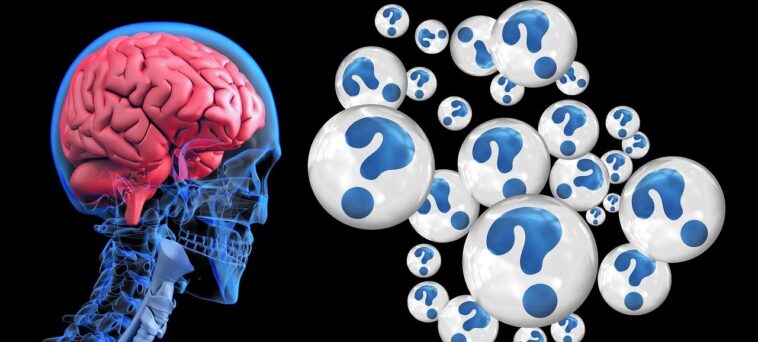In recent years, much research has been done on how the human brain functions. It is amazing how this tiny organ responds to its environment and how it can help us to solve complex problems. In the last few decades, there has been much progress in the area of brain research. As a result, there are many new medicines that have been developed that target specific parts of the brain. Neurotherapy is one of these medicines that have shown promise in being able to treat some of the central nervous system disorders such as autism, ADHD, epilepsy, and dementia.
In the past, Neurotherapy was used to treat people with brain injuries. However, since the human brain is very complex and there are many different parts that make up this organ, many scientists have found that treating these different parts of the brain with Neurotherapy has had positive results.
The human brain consists of five major parts: the cerebral cortex, which is located in the cerebral column, the cerebellum, which is found in the neck and head, the basal ganglia, which is located in the lower part of the back, the hippocampus, which is located in the brain and the amygdala, which are found in the brain and the forehead. These parts of the brain each function in a different way and when one part malfunctions, it leads to another part of the brain struggling to take over the functions.
There are many theories that explain how the human brain works and how it creates our personality, memory, emotions, and thoughts. Some of the most prominent theories in neurology are the local circuit architecture theory which says that the brain is composed of several distinct circuit areas; the reward pathway which connect the different parts of the brain; the anatomical design of the brain, which shows that it contains many branches; the developmental circuitry theory which says that the different functions of the brain develop during different stages of life; the communication pathways theory which says that the different brain parts send and receive signals; the anatomical connections theory which says that the connections between the different parts of the brain are largely based on the wiring of the nervous system which itself uses many proteins; and the cognitive processes theory which says that the functions of the brain are determined by the cognitive activities that it performs.
All of these theories have been discussed and commented upon by many eminent neurologists including Sir Alfred Wallace, who was a British neurosurgeon, Robert Sheetini who was an Italian neurosurgeon, Francisco M. Deutsch who was an American neurosurgeon and Oliver Lodge who were an English neurosurgeon.
Nowadays, there are many books and magazines that are being published on various topics that deal with the study of the human brain and its functions. In fact, there are even popular TV shows that feature people of science as neurosurgeons and experts who discuss their findings on brain surgery.
Most of the television programs are tele-comedic so they actually have to deal with the funny elements in the show rather than going deep into the discussion of brain surgeries. On the contrary, the popular books on the brain are more serious and oftentimes have very entertaining chapters and stories. They also have pictures of patients who are being operated on so the readers can have a better understanding of what they read in the book is true or not.
One of the most popular books in the neurology of the human brain that has caused stirs due to its controversial statements is “The Five Chairs” by Robert Kaplan. This controversial book states that there are five basic types of human behaviors which are Dominance, Influence, Steadiness, Conscientiousness, and Emotion. The chapter of this book specifically discusses the medulla oblongata and the part of the brain, which it controls. After reading the chapter, one can clearly see the different personality traits of the five personality disorders through their description of how the various parts of the brain are linked and interact.
Aside from the five personality disorders, the medulla oblongata is also connected to several other aspects of human anatomy. One of these aspects includes the “Rotation of Lateral Brain Areas,” wherein it controls the rotation of the eyes. Another is the “Localized Survival Rate and Homeostasis” chapter, which talks about how the body’s immune system and the metabolism of the human body affect the rate and rhythm of human breathing. Lastly, the “Medulla Oblongata and Pain,” chapter on the relationship between the medulla oblongata and pain. The chapter also briefly discusses the role of neurotransmitters and endocannabinoids in the functioning of the human mind.

